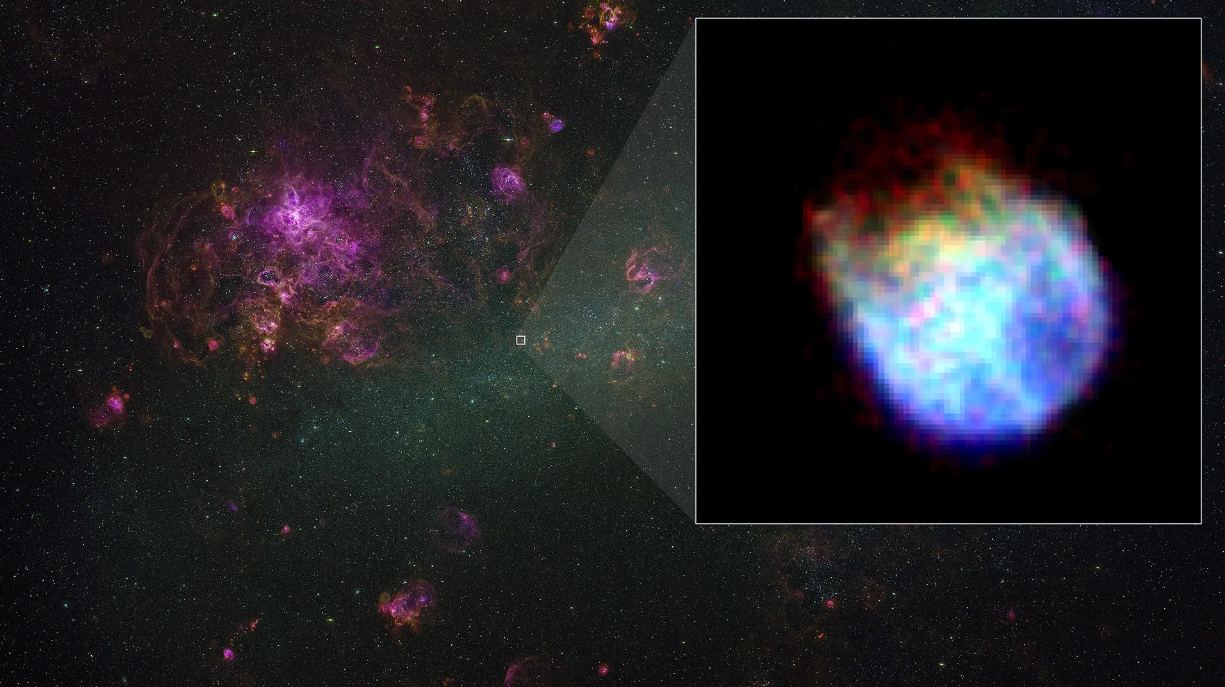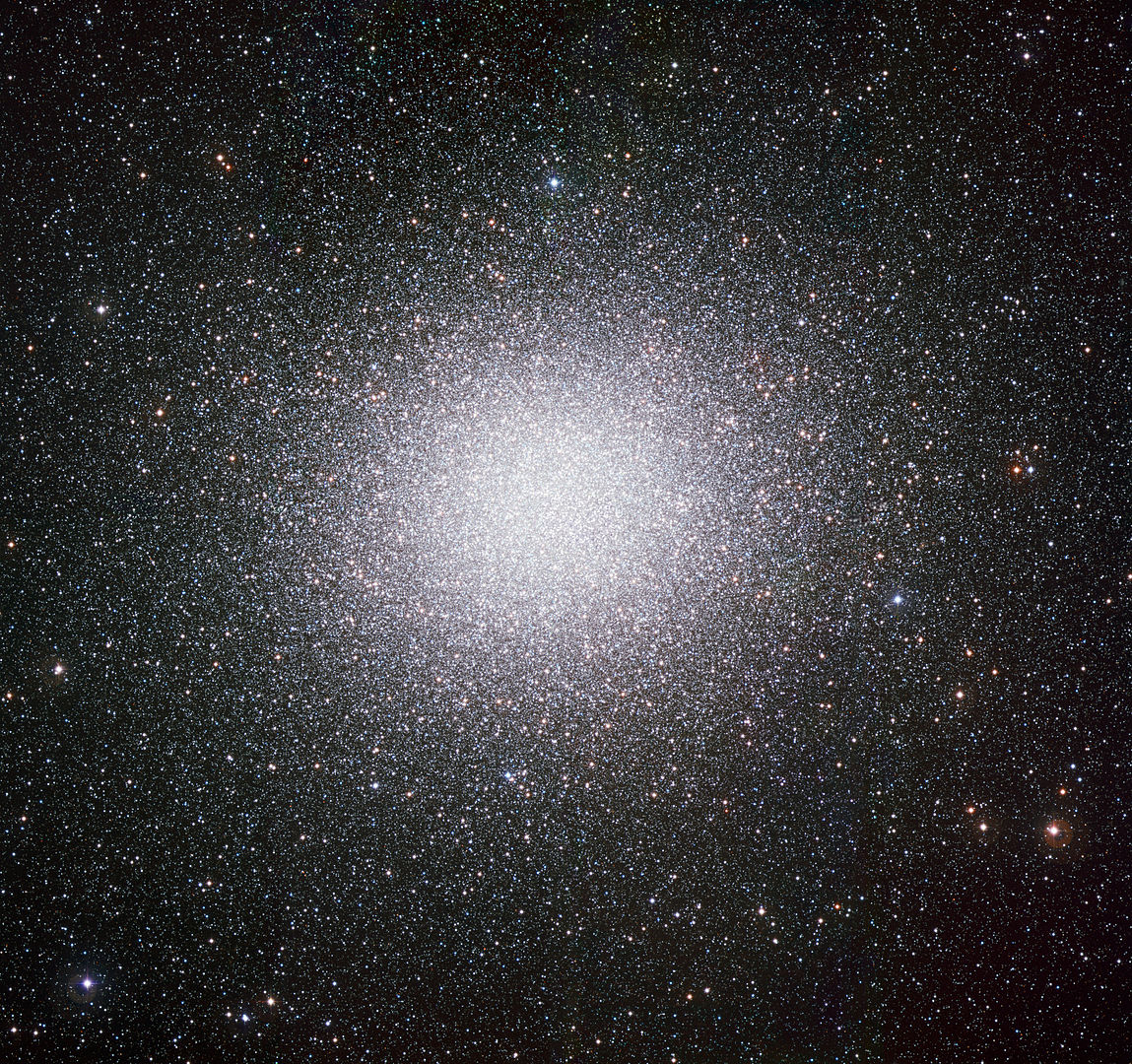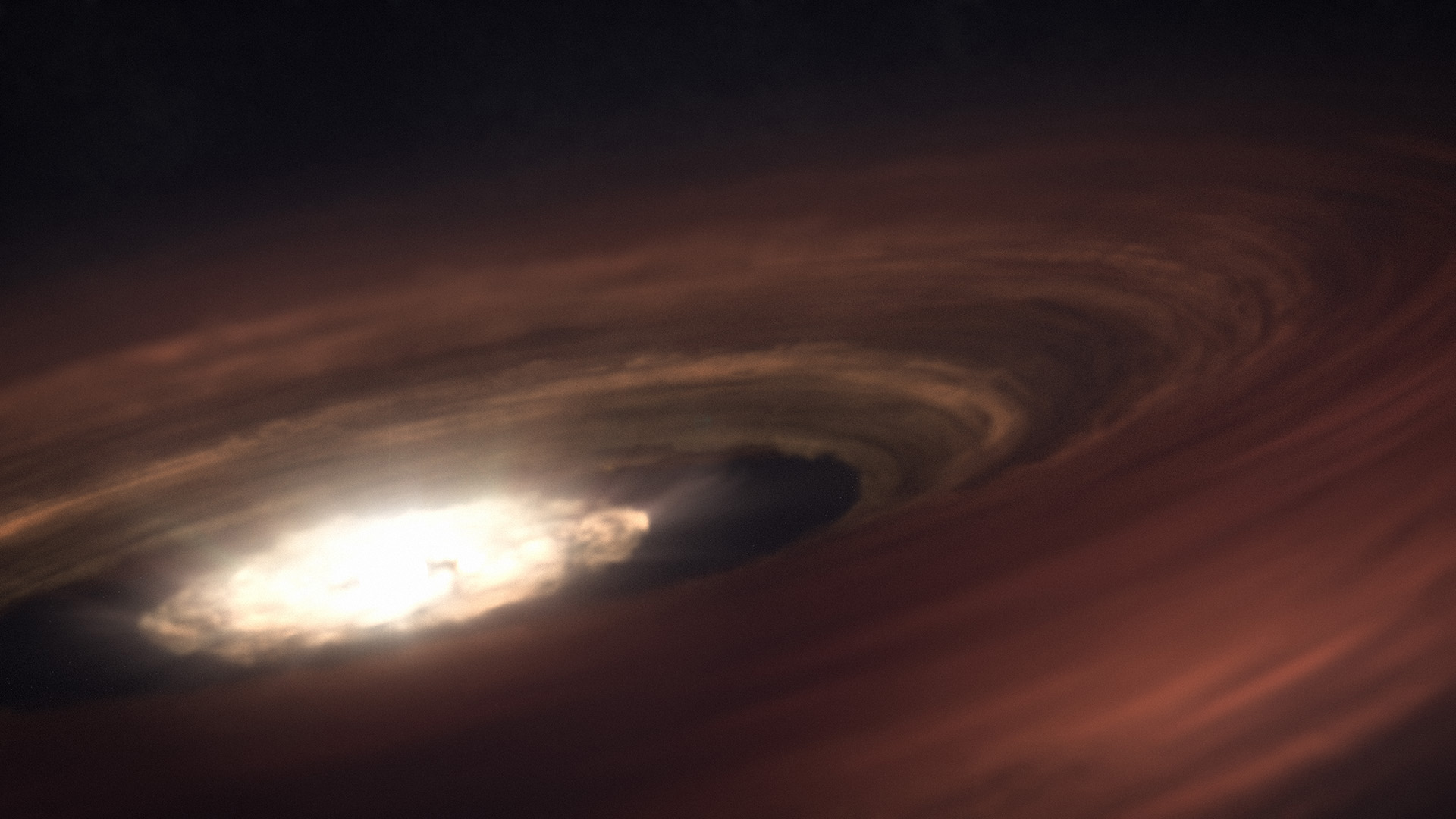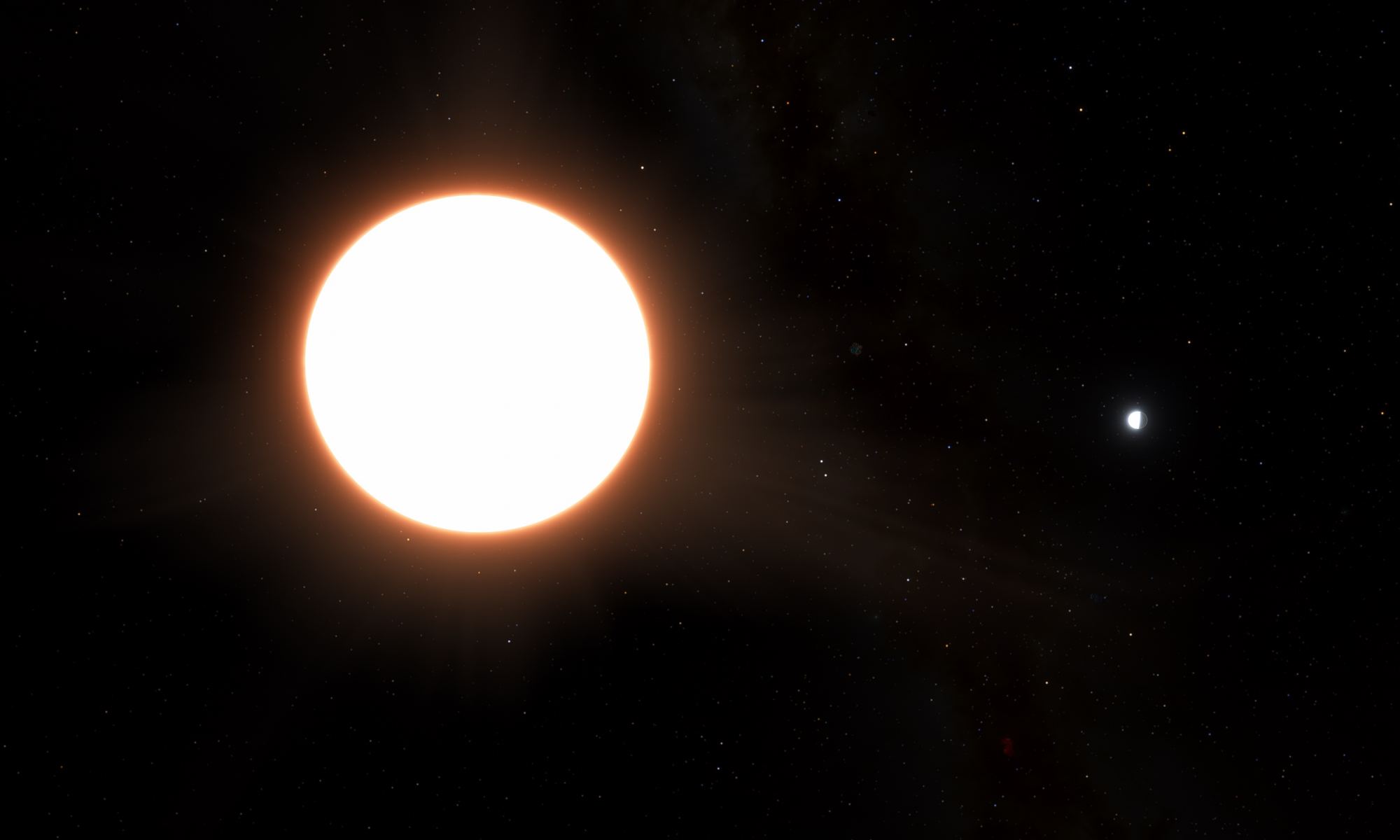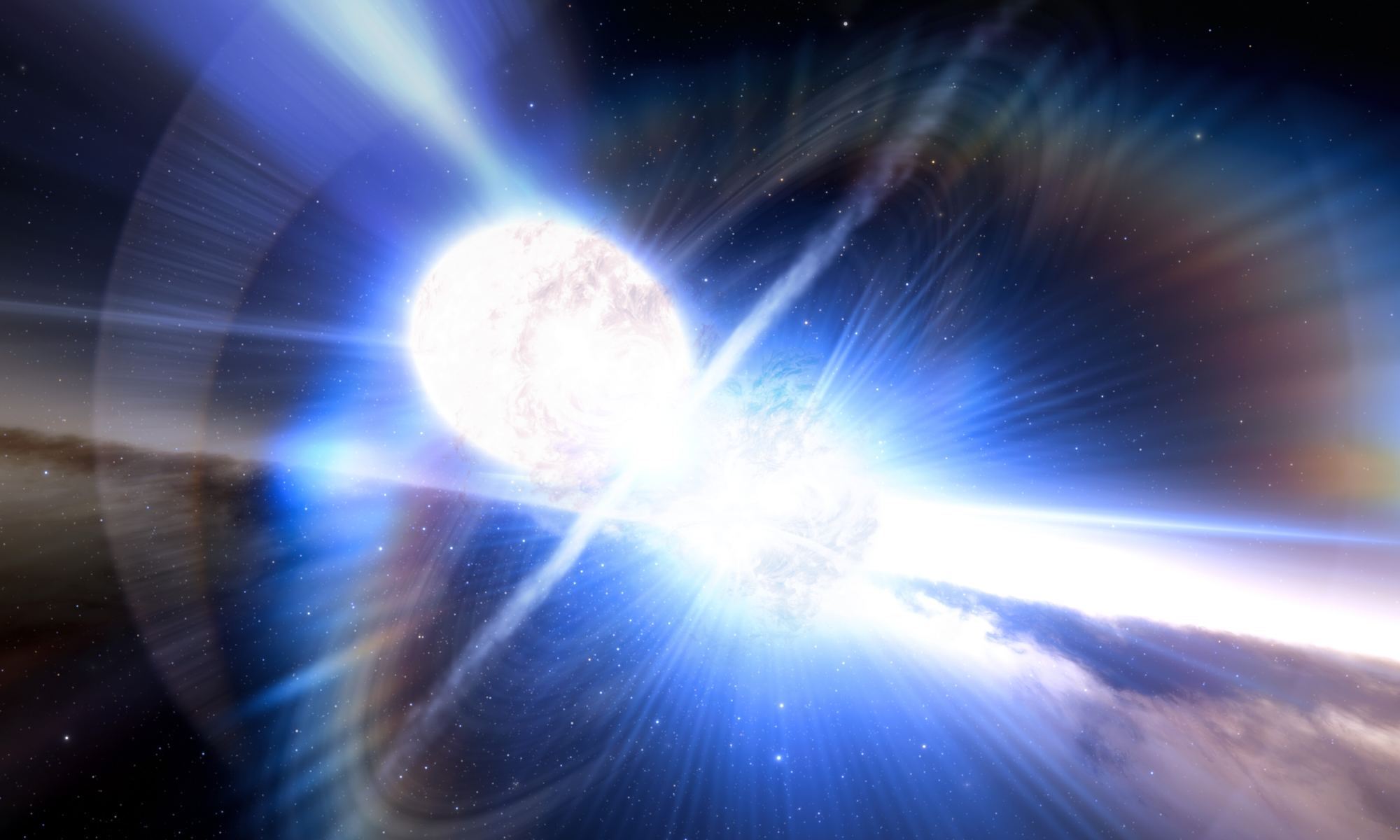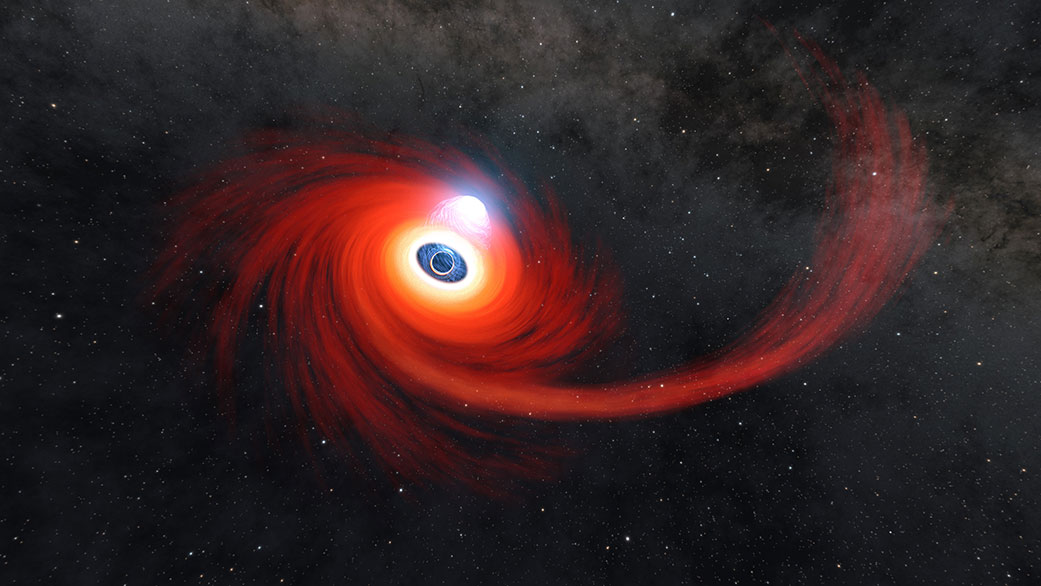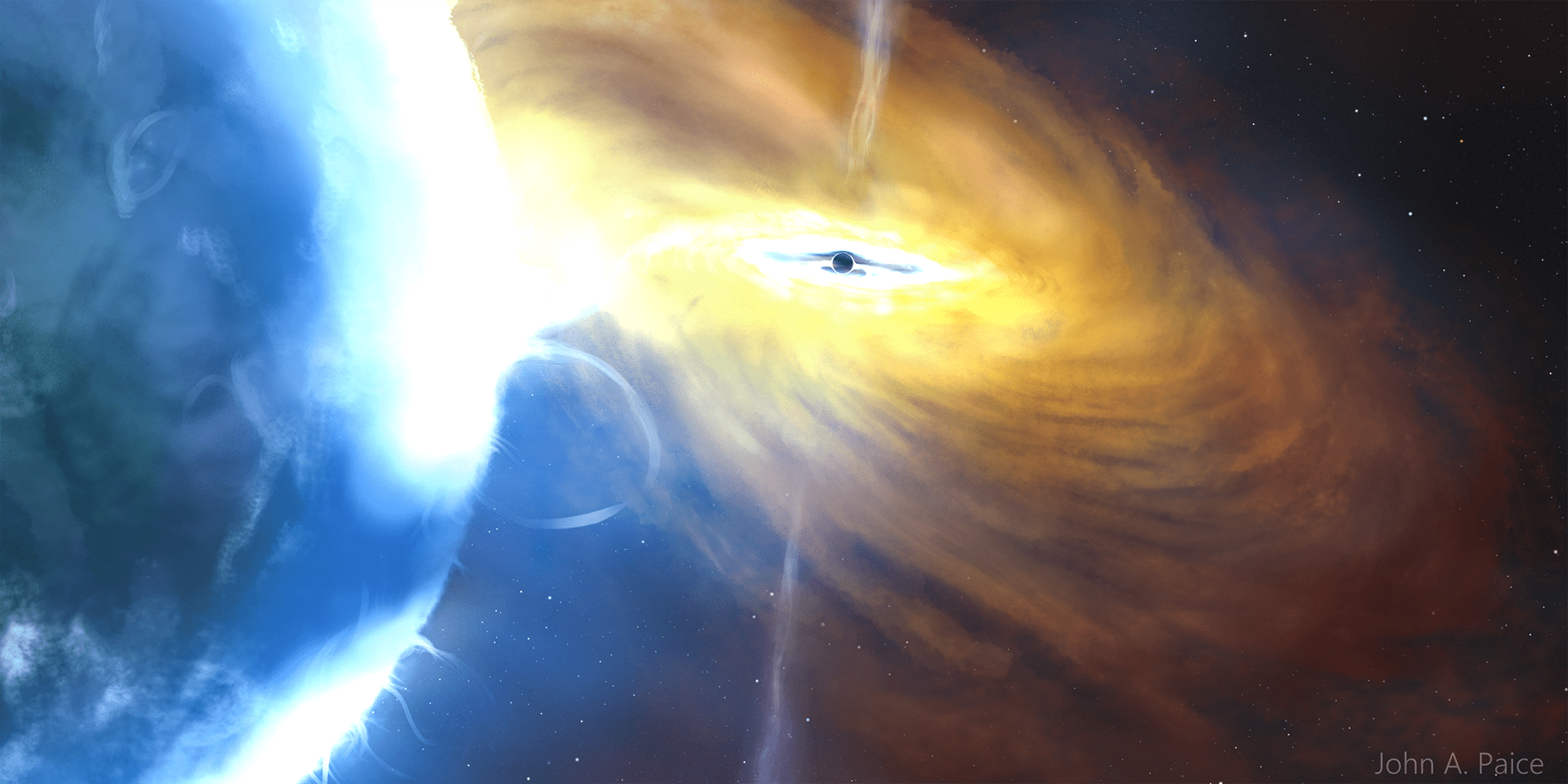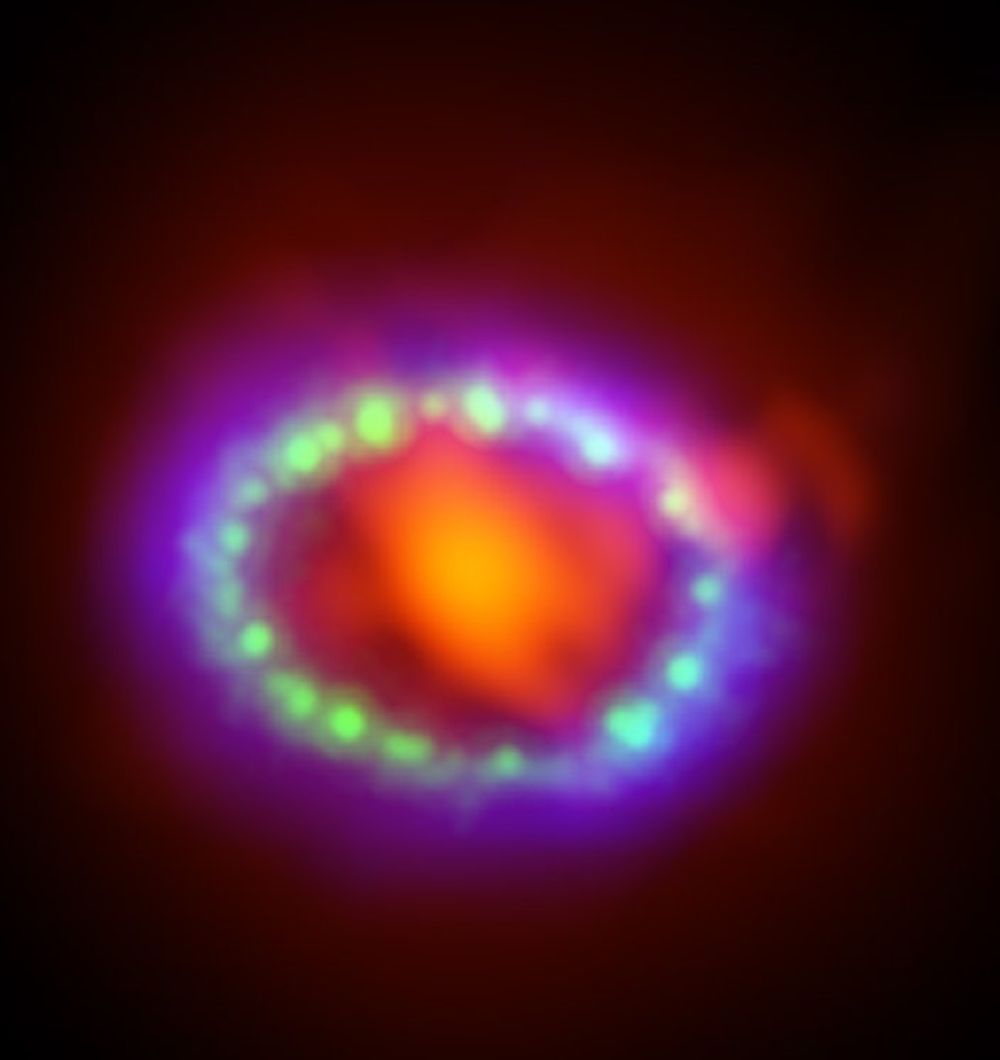XRISM, the X-ray Imaging and Spectroscopy Mission, is a joint NASA/JAXA mission led by JAXA. The X-ray space telescope began its mission in low-Earth orbit on September 6th, 2023. Science operations won’t begin until later this year, but the satellite’s science team has released some of the telescope’s first images.
Continue reading “Japan’s New X-Ray Observatory Sees First Light”Japan’s New X-Ray Observatory Sees First Light
